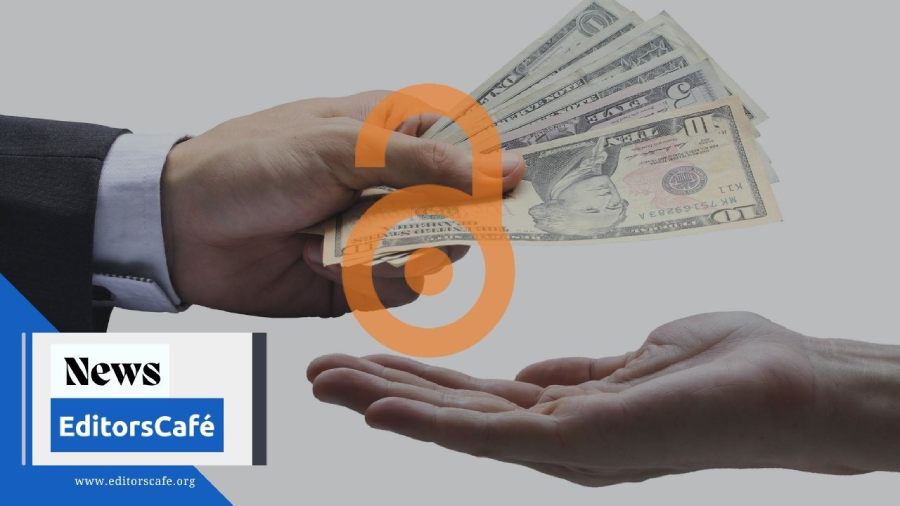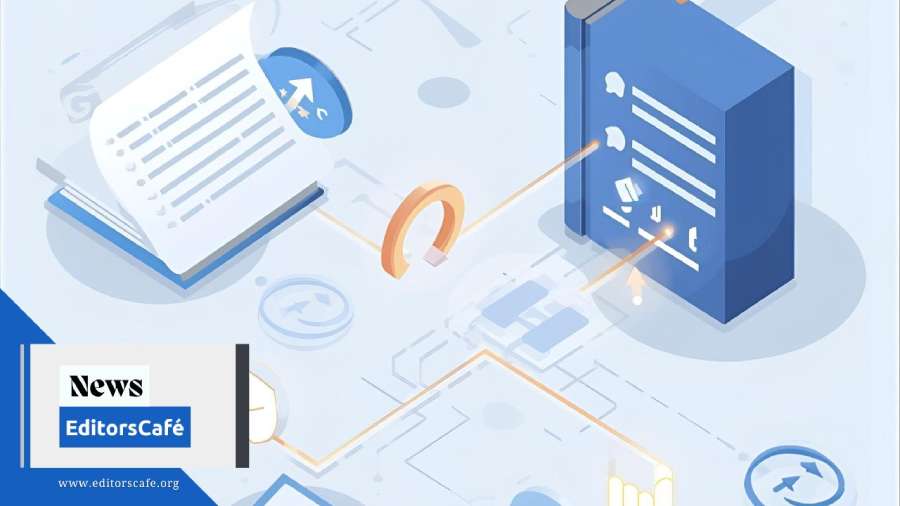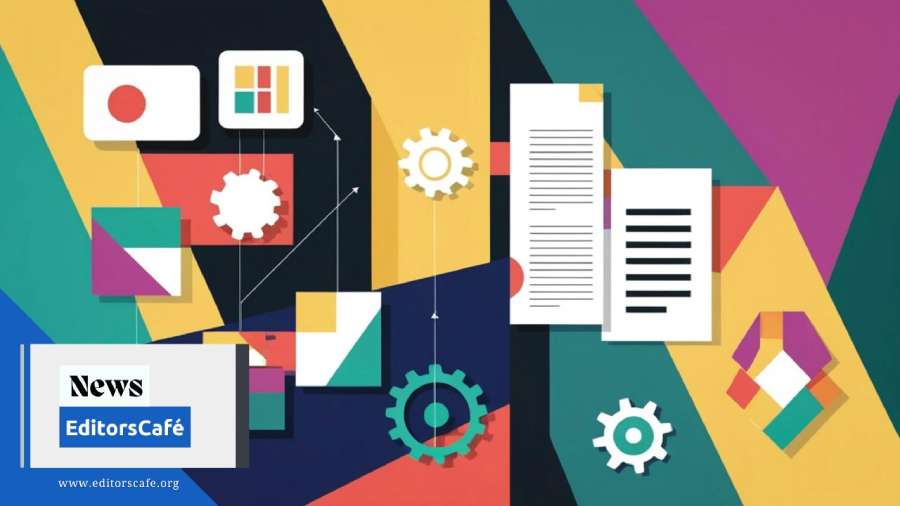Who Pays for Openness? The Hidden Costs of Open Access Models

When a small environmental journal in South Asia decided to make all its content freely available, its editors expected greater visibility and readership. What they did not anticipate were the mounting bills: article processing charges that few authors could afford, platform hosting fees, DOI registration costs, and the loss of steady subscription income. The question soon arose: who actually pays for openness?
Open access (OA) has transformed scholarly publishing by removing paywalls for readers. Yet, while articles may now be free to read, they are not free to produce. Editorial management, peer review coordination, production, indexing, and digital preservation all involve significant costs. The financial realities behind OA models reveal how those costs are redistributed rather than eliminated, and how smaller publishers often bear the heaviest burden.
Understanding the Four Main OA Models
Open access is not a single model but a spectrum of funding mechanisms:
| Model | Who Pays | Main Advantage | Key Challenge |
|---|---|---|---|
| Gold OA | Author (via APC) | Immediate open access on the publisher’s site | High APCs exclude unfunded authors |
| Green OA | Institution or author (repository hosting) | Low cost, simple archiving | Embargoes and publisher restrictions |
| Hybrid OA | Author pays the APC within subscription journal | Offers a choice to authors | Double dipping and inequitable pricing |
| Diamond OA | Institution or funder covers all costs | No APCs, equitable access | Sustainability depends on external funding |
Each model claims to democratize knowledge, yet their economic structures decide who can publish, who benefits, and who struggles to survive.
The Real Price of Publishing
Every published paper entails expenses often invisible to readers. Beyond peer review, journals must maintain editorial platforms, copyediting and typesetting services, plagiarism checks, DOI registration, long-term archiving, and website maintenance. Even modest journals spend hundreds of dollars per article to sustain these essentials.
Large publishers recover these costs through volume and institutional deals. For smaller journals and society publishers, however, the scale economy collapses. Their limited submissions mean that fixed costs, such as software, hosting, and staff, are spread over fewer articles, thereby inflating the per-paper expense.
The Problem with APCs
Gold OA’s dominant funding mechanism is the article processing charge (APC), a fee paid by authors or their institutions to make the final paper open access. While APCs range from a few hundred to several thousand US dollars, they reflect not only production costs but also cross-subsidization for marketing, overhead, and profit margins.
For researchers with strong institutional support, APCs are manageable. For many others, especially in low- and middle-income countries, they are prohibitive. Waiver policies exist, but are inconsistent and often stigmatizing. Moreover, when authors pay directly, journals risk perverse incentives: revenue depends on the number of articles accepted, potentially undermining quality control if not carefully managed.
Institutional Deals and Unequal Benefits
Hybrid and transformative agreements attempt to shift the payment responsibility from individuals to institutions. Libraries or consortia negotiate with publishers to cover both reading and publishing rights under one contract.
While this seems efficient, the benefits are uneven. Large, well-funded universities can negotiate favorable deals, but smaller institutions, independent researchers, and regional publishers cannot. For the global South, these agreements may exclude local journals entirely, concentrating visibility and revenue within established Western publishers.
Transformative deals can therefore perpetuate existing disparities, open for some but closed for others.
The Hidden and Indirect Costs
Even when APCs are absent, journals face hidden expenses that rarely appear in budgets:
- Administrative load: Managing waivers, licenses, and compliance reporting requires staff time and digital infrastructure.
- Technical maintenance: Repository upgrades, DOI metadata deposits, and long-term preservation (CLOCKSS, Portico) carry annual fees.
- Indexing and discoverability: Inclusion in Scopus or DOAJ often demands quality assurance investments.
- Revenue substitution: Societies that once relied on subscription surpluses for conferences or scholarships must now find new income streams.
These unseen costs accumulate, particularly for non-profit or volunteer-run journals, threatening their long-term sustainability.
Diamond OA: Ideal but Fragile
Diamond OA, where neither authors nor readers pay, is increasingly promoted as a fair and inclusive model. Funding typically comes from universities, consortia, or public agencies. Platforms such as SciELO, Redalyc, and OPERAS exemplify this approach.
However, the model’s success depends on continued institutional support. Without stable multi-year funding, small Diamond journals risk discontinuity. Moreover, managing shared infrastructures and ensuring editorial independence can be complex. While Diamond OA aligns with equity goals, it requires coordinated investment rather than isolated enthusiasm.
The Small-Publisher Dilemma
For regional publishers and society journals, transitioning to OA means balancing ethics against economics. They face four recurring challenges:
- Loss of subscription revenue: Formerly used to fund society activities and maintain staff.
- Limited bargaining power: Unable to join large consortia or negotiate with aggregators.
- Technical dependence: forced to rely on third-party platforms or costly publishing services.
- Funding instability: Inconsistent grants and donations cannot sustain long-term planning.
Consequently, many small journals remain in hybrid limbo, nominally open but reliant on residual subscriptions or unpredictable APC income.
Who Ultimately Pays
Despite different payment routes, the money behind OA originates from the same source: research funding. Whether through direct APCs, library budgets, or national grants, the total publishing cost remains within the scholarly ecosystem. The issue is distribution, not elimination, of cost.
When funders cover APCs for well-resourced institutions, they inadvertently widen global inequalities. Conversely, when costs fall on small publishers or individual authors, quality and diversity suffer. The ideal model balances transparency, sustainability, and inclusivity, ensuring that open access does not translate into closed opportunity.
Towards Equitable Openness
To preserve openness without excluding smaller actors, several steps are emerging:
- Shared publishing infrastructures: Universities and societies pooling resources for hosting, DOI registration, and archiving.
- Transparent cost accounting: Publishing detailed breakdowns of what each APC or funding grant supports.
- Consortial funding for Diamond OA: Regional libraries collectively underwriting no-fee journals.
- Policy diversification: Funders supporting multiple OA routes, not only APC-based Gold.
- Capacity building: Technical training for editors in developing regions to manage digital platforms independently.
These measures recognize that openness is not free. It is financed, managed, and sustained through deliberate cooperation.
Conclusion
Open access is reshaping the dissemination of knowledge, but beneath its democratic promise lies an uneven financial terrain. The shift from reader-pays to author- or institution-pays models changes who shoulders the burden, not whether it exists. Unless the academic community addresses these hidden costs and supports smaller publishers, the goal of universal access may result in a new form of exclusion. True openness will depend not only on removing paywalls but also on sharing the responsibility for sustaining the system that makes openness possible.
Keywords
Open Access Publishing Article Processing Charges (APCs) Diamond Open Access Scholarly Communication Transformative Agreements Small and Regional Journals Research Funding Inequality
Editor’s Brew delivers fresh updates, community highlights, and editorial insights on behalf of ACSE. These posts represent the “daily blend” of news, initiatives, and collective wisdom from across the scholarly publishing community.
View All Posts by Editor's BrewDisclaimer
The views and opinions expressed in this article are those of the author(s) and do not necessarily reflect the official policy or position of their affiliated institutions, the Asian Council of Science Editors (ACSE), or the Editor’s Café editorial team.



